Make the most of menstruation: When and how to exercise and eat to feel your best at each stage of your cycle
Hack your cycle to get the best out of every month
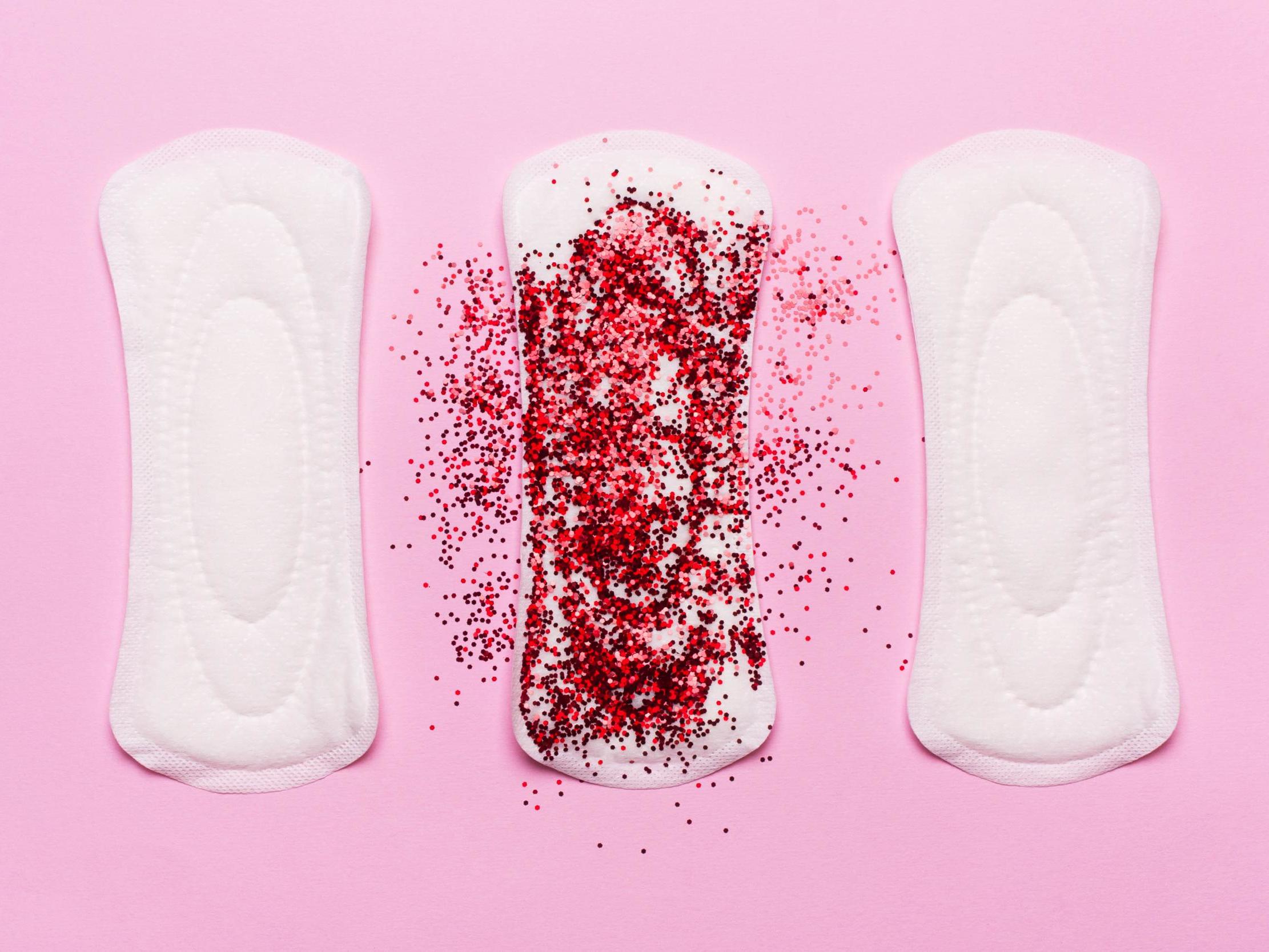
Your support helps us to tell the story
From reproductive rights to climate change to Big Tech, The Independent is on the ground when the story is developing. Whether it's investigating the financials of Elon Musk's pro-Trump PAC or producing our latest documentary, 'The A Word', which shines a light on the American women fighting for reproductive rights, we know how important it is to parse out the facts from the messaging.
At such a critical moment in US history, we need reporters on the ground. Your donation allows us to keep sending journalists to speak to both sides of the story.
The Independent is trusted by Americans across the entire political spectrum. And unlike many other quality news outlets, we choose not to lock Americans out of our reporting and analysis with paywalls. We believe quality journalism should be available to everyone, paid for by those who can afford it.
Your support makes all the difference.The rise in period-tracking apps has opened our eyes to the impact our menstrual cycles have upon the different elements of our lives.
From understanding our mood, to tracking physical symptoms, the value of being better informed about our physical and mental health is profound.
In fact, science has shown that we’re more prone to specific injuries, struggle with endurance training and are more adept at lifting weights at certain points throughout the month.
The recent news that Chelsea FC women’s football team sync their menstrual cycles to their training schedule has highlighted the benefits of tailoring our exercise regime and diet to the various stages of the month.
But where to begin? Read on to discover when and how to adapt your diet and work-outs to each stage of your period.
Menstruation (days 1-5)
The first day of our period is the first day of our cycle. At this time, hormone levels drop. A lack of iron can affect our energy levels and increase cravings, says nutritionist, Laura Southern from London Gynaecology.
What to eat when you're menstruating
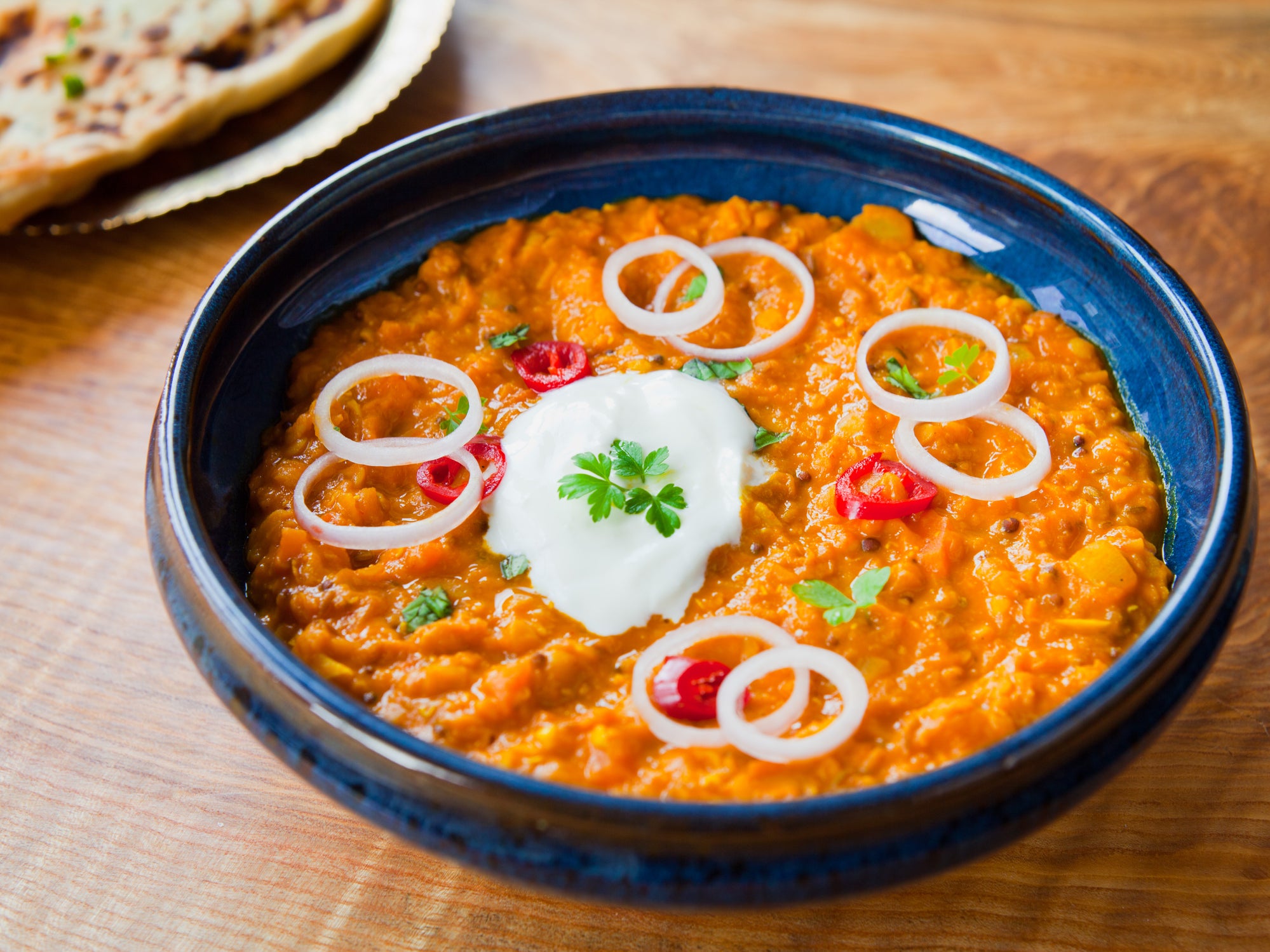
Nutritionist Dr Sana Khan recommends balancing blood sugar levels by eating “a combination of protein, good fats and complex carbohydrates, such as whole grains, legumes and vegetables” at this time of the month. If you suffer with cramps, however, Dr Khan recommends avoiding “gas producing” foods, such as raw foods and sugary processed foods.
“Nuts and seeds contain magnesium, which is known as a muscle relaxant, and may help alleviate some of the cramps and discomfort some women have,” she tells The Independent.
As caffeine is a natural diuretic which dehydrates the body, Dr Khan recommends swapping caffeinated drinks with herbal teas during this phase, to prevent excess water loss.
A lack of iron can make us feel fatigued and low in energy, adds Southern, so "eating iron rich foods such as red meat, green veg, lentils and seeds can support iron production," she says.
What exercise to do when you're menstruating
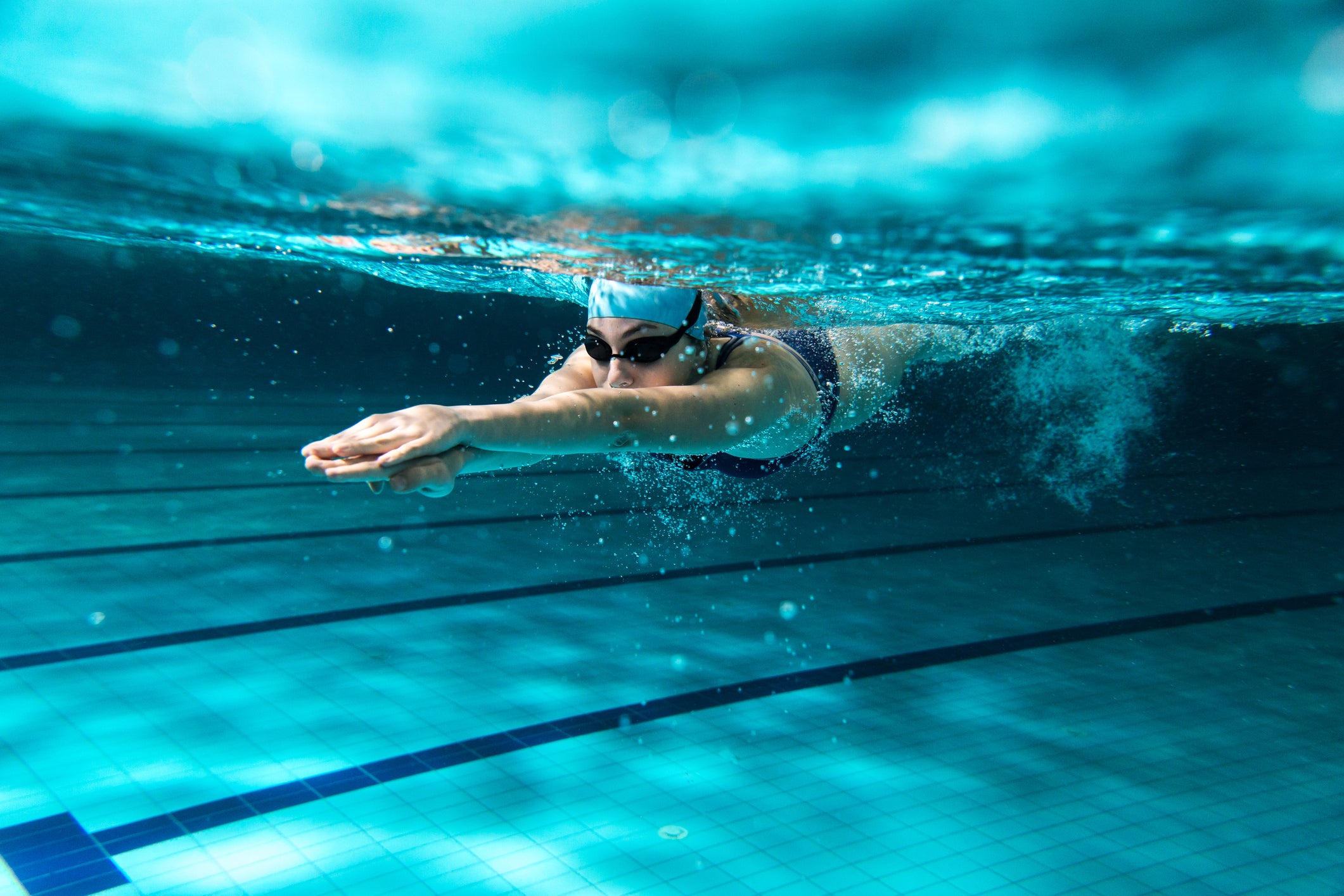
Cramps, joint and muscle pain, headaches and low energy levels are just some of the symptoms with the potential to disrupt physical performance, says Dr Petra Simic, clinical director at Bupa Health Clinics. Insomnia, poor concentration, irritability and appetite changes can also make women feel below par when it comes to sport, she adds.
At this stage, it’s important to listen to your body and reduce the intensity of your workouts, if necessary. Light cardio, shorter stints of aerobic exercise and swimming or yoga are all good options at this point.
Dr Simic states that this is also a good time for some light weight-lifting: “Oestrogen levels are at their lowest during your period which can make some women feel stronger when strength training,” she tells The Independent.
“Make sure you get expert help with lifting and keep weights light to avoid injury. If you experience fatigue, adjust what you’re doing to compensate.”
The follicular phase (days 1-14)
Hormone levels begin to rise in anticipation for ovulation during the follicular phase, which comes in the middle of a cycle. This is usually a 'feel-good' time of the cycle, according to Pradnya Pisal, consultant gynaecologist at London Gynaecology.
What to eat during the follicular phase
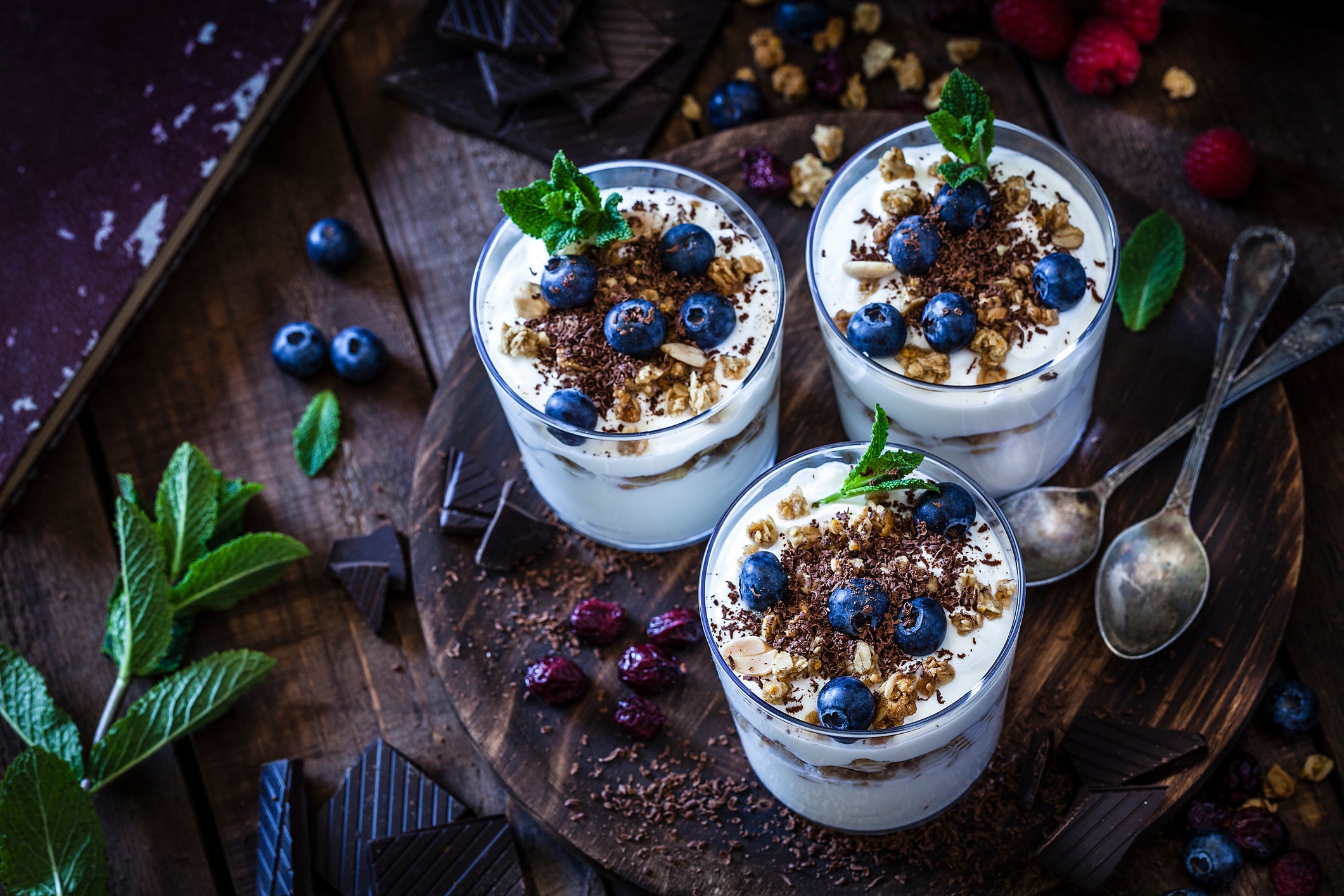
According to Dr Khan, digestive health is very important at this stage in order to support the production of these hormones. She recommends probiotic rich food (fermented foods, such as kimchi, yoghurt and kombucha), omega three fats (oily fish, nuts and seeds) and a range of coloured vegetables “to support the liver detoxification pathways”. Bitter greens, such as rocket, help promote the production of digestive juice and enzymes, she adds.
What exercise to do during the follicular phase
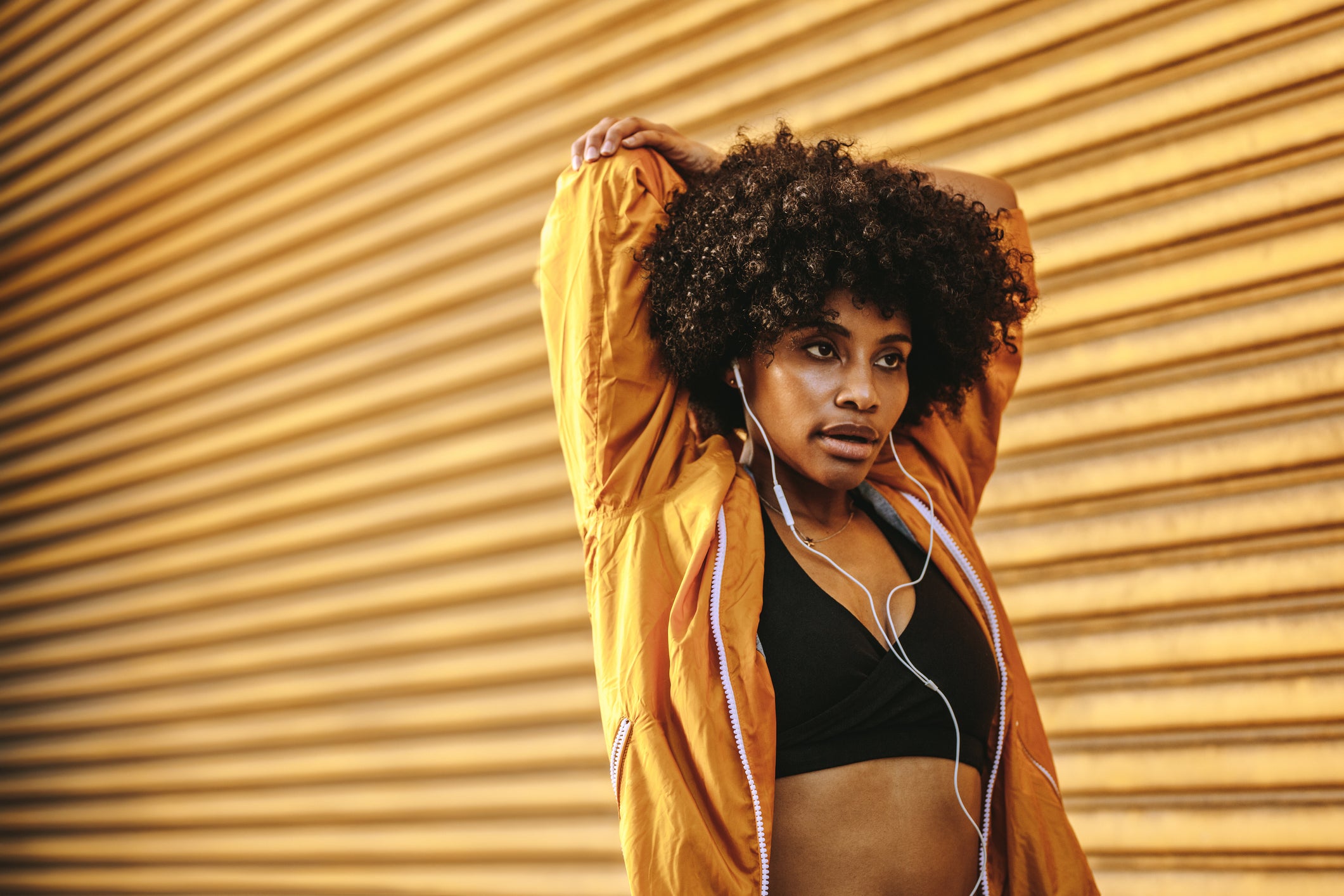
Studies by Sung and Han (2014) and Wikström-Frisén, Boraxbekk and Henriksson-Larsén (2017) suggest that strength training during this period may result in higher increases in muscle strength, compared with other times of the month.
Research conducted by Balachandar (2017) and Herzberg (2017) revealed the surprising statistic that women are three to six times more likely than men to suffer musculoskeletal injuries in the follicular phase leading up to ovulation, particularly tendon and anterior cruciate ligament (ACL, or knee) injuries, when oestrogen levels are high. This is believed to be due to lower rates of tendon collagen synthesis following exercise.
Longer warm-up exercises and not overstretching can help minimise this risk at this time of the month.
Ovulation (day 14)
At this stage, oestrogen levels reach a peak, leading to a rise in luteinising hormone (LH) which results in the release of a mature egg, says Pisal.
What to eat during ovulation
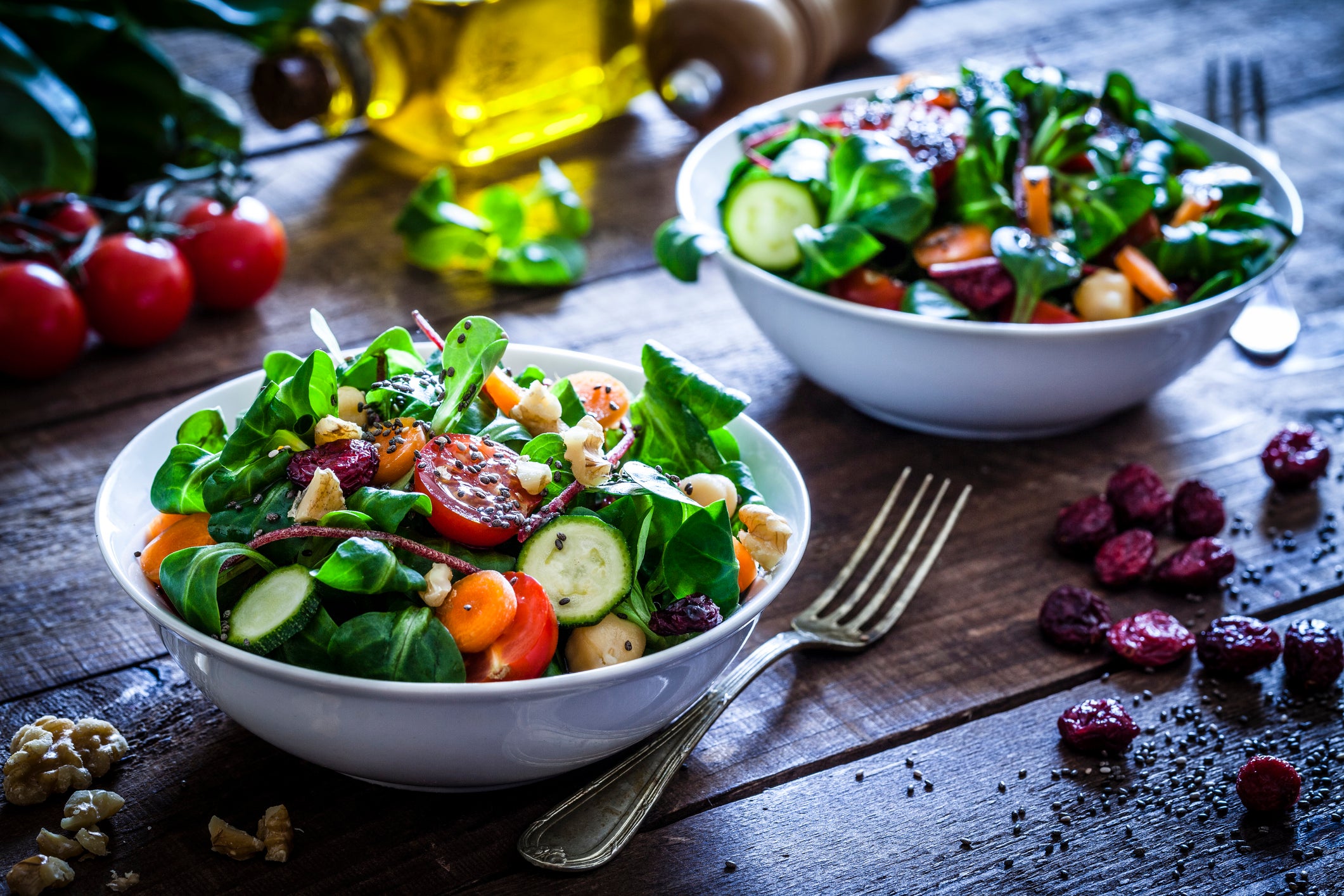
Surging oestrogen levels can provide a natural energy boost at this time of the month, making good quality sleep vital for rest and repair. “At this stage of the cycle, basel temperature – or the lowest body temperature your body reaches whilst at rest – can increase slightly, making it a great time to get lots of colourful salads and smoothies into the system”, says Dr Khan. Vitamin b whole grains, such as brown rice, help support this energy production, she adds.
What exercise to do when you're ovulating
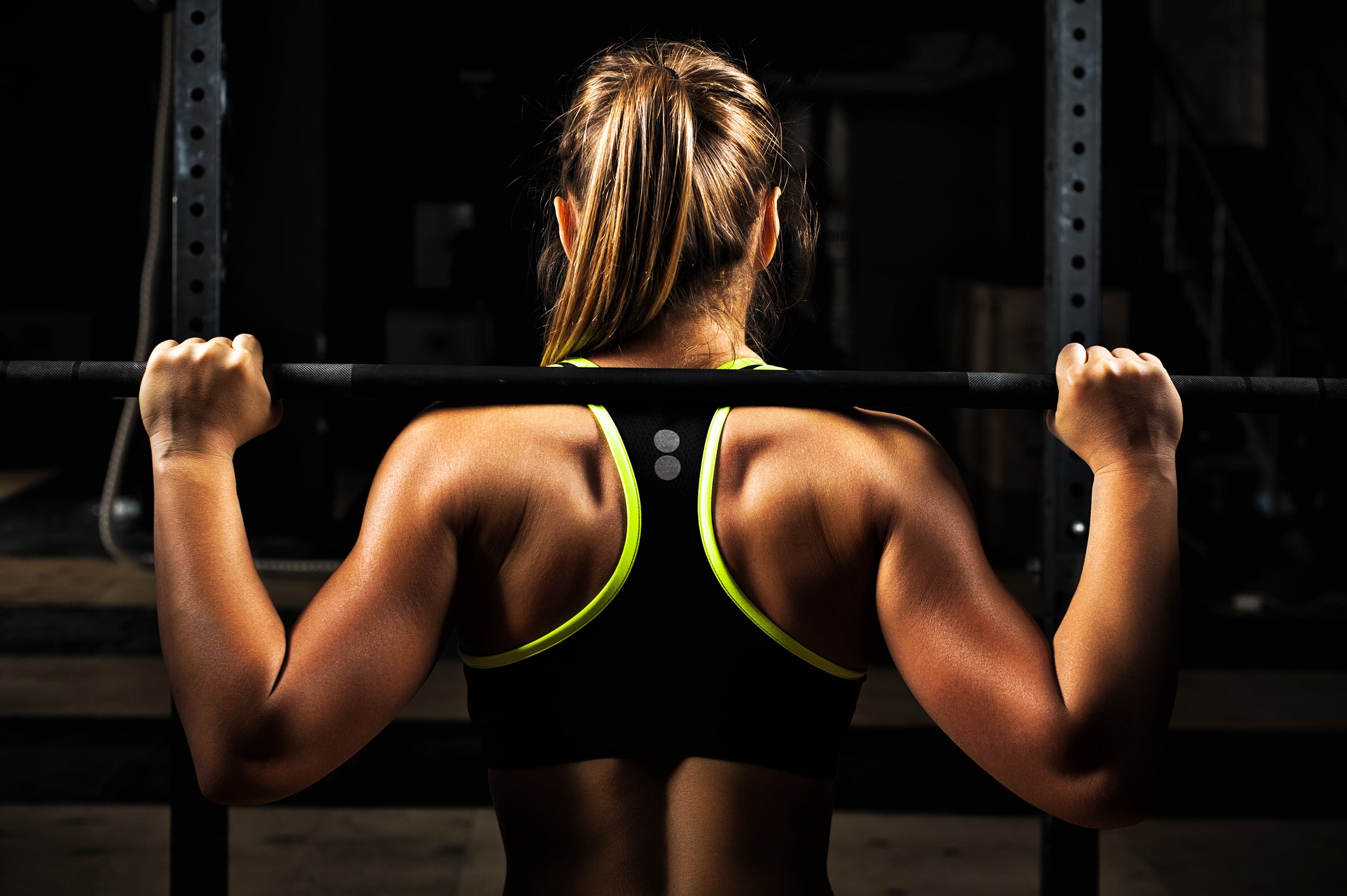
With energy levels at their highest, it’s a good time to push yourself physically and enjoy the additional endurance that often characterises this time. Progesterone remains low, meaning that the body’s overall pain tolerance increases. Now is a good opportunity to strive for a personal best and focus on total body strength training.
The luteal phase (days 14-28)
The luteal phase comes after you release an egg and before your period starts.
What to eat during the luteal phase
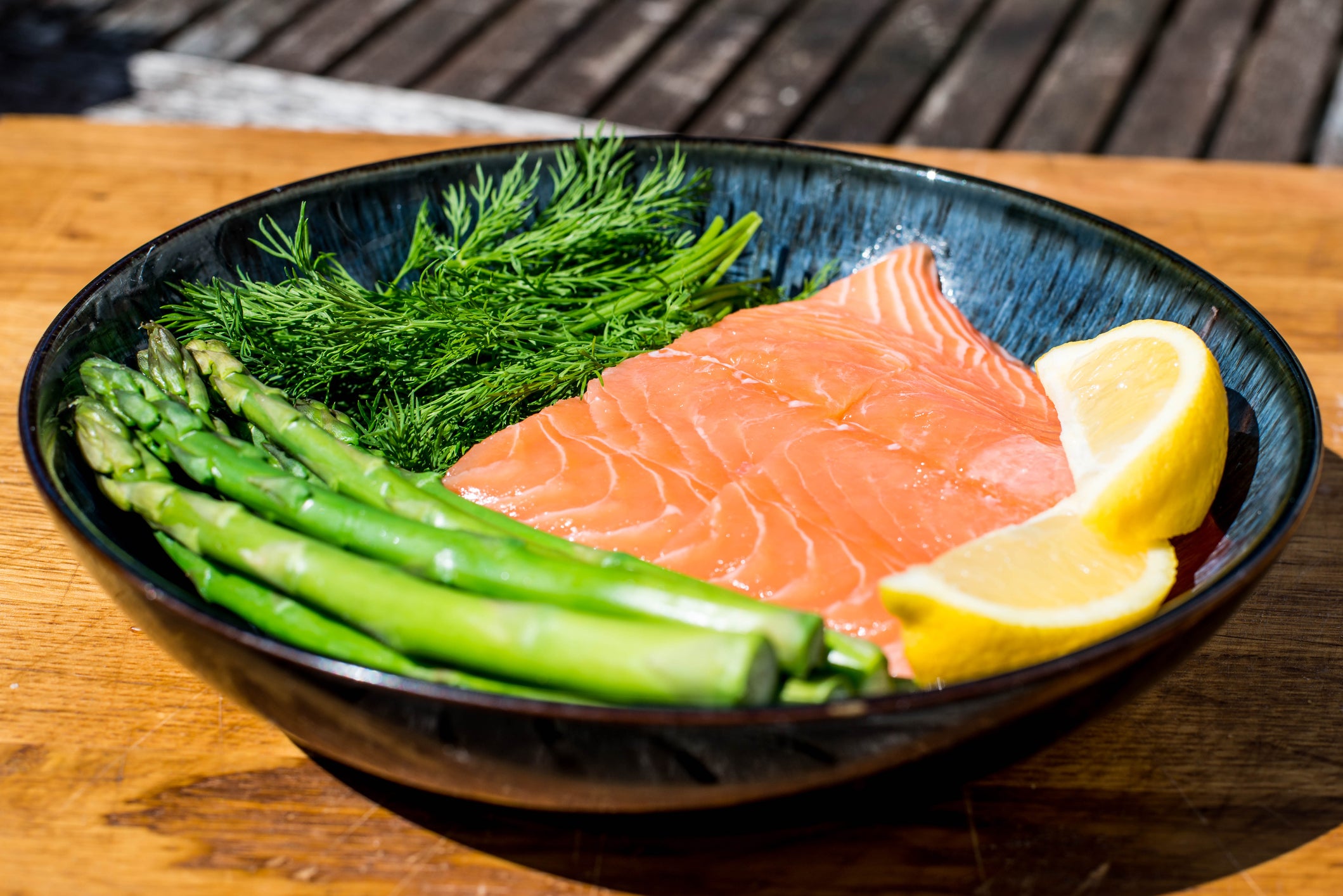
It’s at this time that we often suffer from pre-menstrual symptoms, such as acne, cravings, bloating and breast tenderness.
"Food cravings often occur just before menstruation, at the end of the luteal phase," says Southern.
"This can be due to changes in the stress hormone cortisol which can spike for some women.
"Cortisol causes food cravings, especially cravings for sweet foods. Food cravings can also be due to mood swings," she adds.
Some women experience poor sleep a few nights before their period begins, says Southern. This is due to hot flushes from a dip in oestrogen.
Exhaustion from broken sleep, plus a drop in serotonin that can also occur at this time, can also cause sugar cravings, says Southern.
Dr Khan recommends avoiding sugar rich and processed foods at this time, as these can stimulate sugar cravings.
“Salty foods are good to limit as salt can retain water, thus adding to the bloating feeling”, she tells The Independent.
“Fibre is a great way to give a sense of feeling full (satiety) and can help reduce cravings. Fibre rich food include fruit and vegetables and whole grains. Also, certain teas can help with bloating, such as fennel and turmeric”, she says.
Certain foods can exacerbate inflammation in the body both before and during your period, Southern tells The Independent. At this time, she recommends eating foods high in 'essential fats', such as oily fish, nuts, seeds, olive oil, avocado and olives.
What exercise to do during the luteal phase
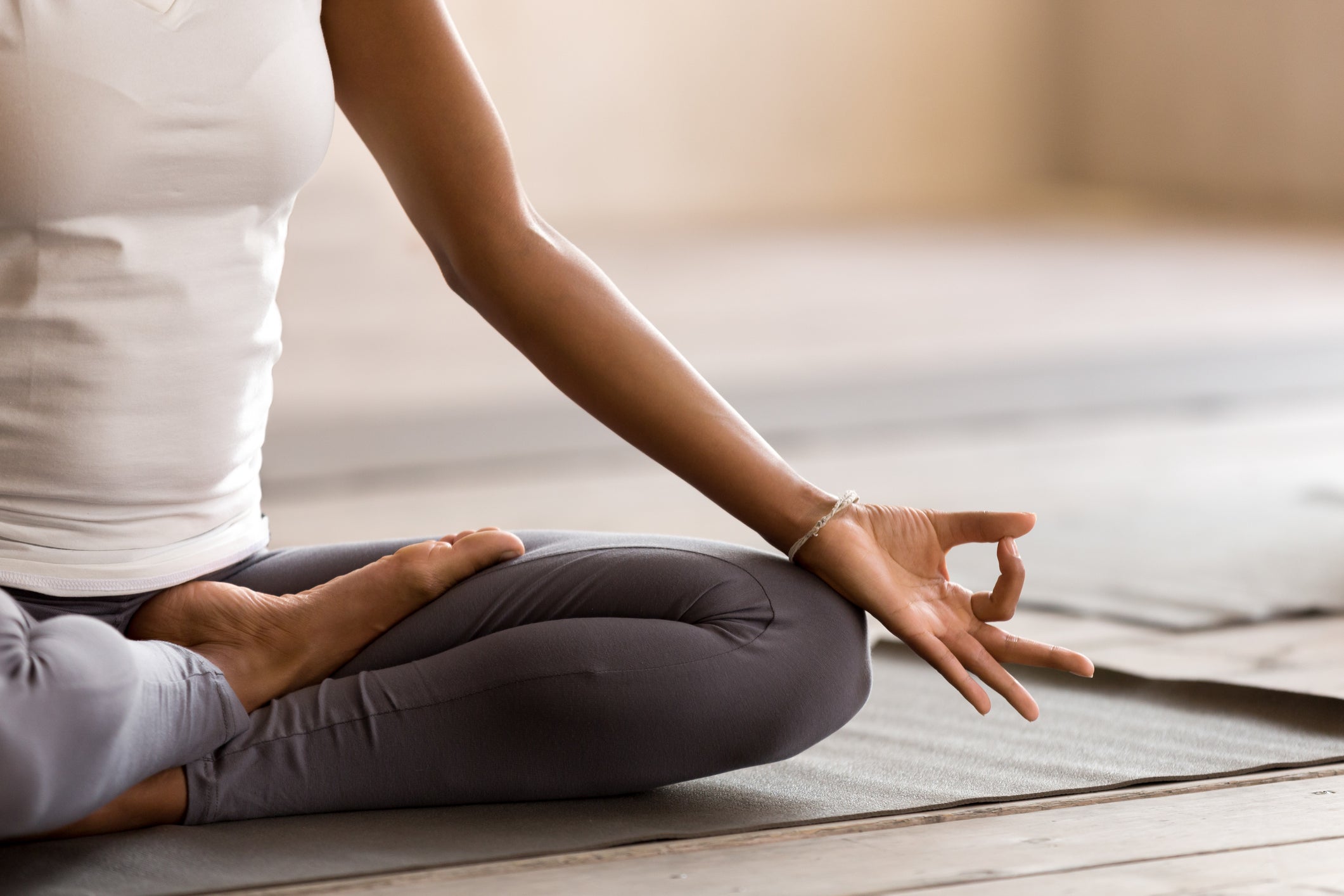
In the luteal phase, body temperature rises by at least 0.3 degrees Celsius after ovulation and remains high until menstruation. Progesterone in the body also increases. For this reason, it’s important to stay hydrated and keep cool when exercising.
Researchers at female health app Clue note that you might not have as much endurance during this time and may struggle to hit previously achieved goals, which can be frustrating. They advise women not to judge the results of training undertaken during this phase in isolation.
While you might not want to skip training entirely during this period, the luteal phase can be a good time to schedule rest days. During the days leading up to your period, activities that relax your body, such as yoga or Pilates, may help relieve symptoms such as cramps and muscle fatigue.
Water retention is common prior to menstruation, so it’s worth remembering that changes to body mass may impact performance, especially in sports where weight is important, such as weight lifting and distance running.
Join our commenting forum
Join thought-provoking conversations, follow other Independent readers and see their replies
Comments